
Garden Grown Pitcher Plants How To Take Care Of Pitcher Plants Outdoors
1 Research the requirements of each species. Carnivorous pitcher plants can be found all over the world, so the requirements to grow them vary according to the region from which they are sourced. Read a few quality books on the subject to give you a solid understanding of the plants and their needs.

Carnivorous plants in India The Royale
Interesting Facts. The fanged pitcher plant ( Nepenthes bicalcarata) has two fang-like projections on its lid. The purple pitcher plant ( Sarracenia purpurea) is the floral emblem of Newfoundland and Labrador. The parrot pitcher plant ( Sarracenia psittacina) has beak-like lids.
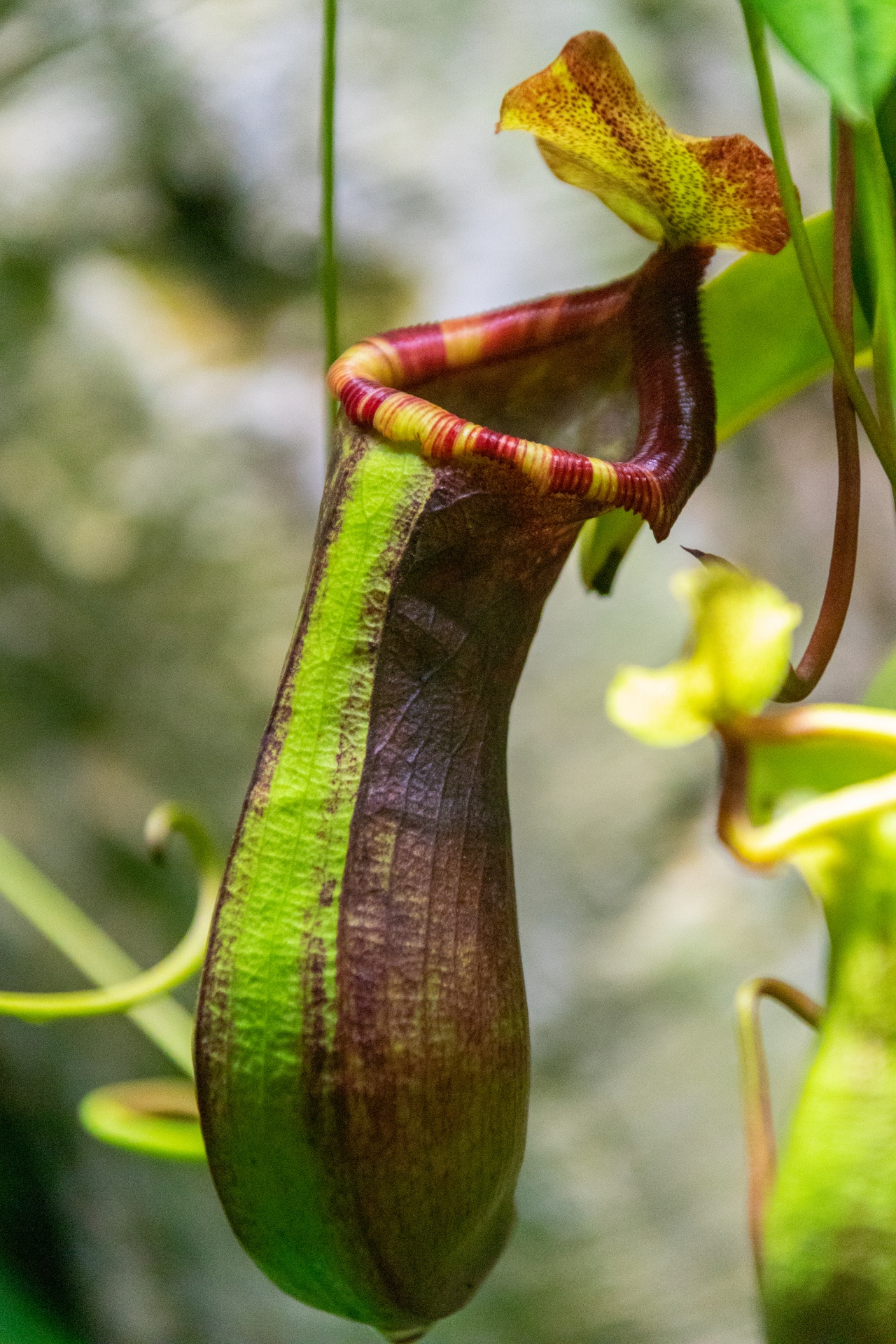
Pitcher Plant Free Stock Photo Public Domain Pictures
GETTY IMAGES Pitcher Plant Varieties . There are many species of pitcher plants, but the two most common are Nepenthes and Sarracenia, according to Lindsay Pangborn, Bloomscape's plant expert. "The Nepenthes pitcher plant is one of the more uniquely structured ones, with a freeform, arching habit," she says (see above). This plant can be.
HOW TO GROW PITCHER PLANTS The Garden of Eaden
(Image credit: andipantz) By Liz Baessler last updated June 05, 2022 Pitcher plants are a fantastic addition to the home. They're a little bit temperamental, but if you're willing to put in the extra work, you'll have a striking conversation piece. Keep reading to learn about good pitcher plants for hanging baskets. Hanging Pitcher Plant Care
Pitcher Plant
Pitcher plants are found in a wide range of habitats with poor soil conditions, from pine barrens to sandy coastal swamps, and rely on carnivory to obtain nutrients such as nitrogen and phosphorus. A few pitcher plants also utilize leaf litter or animal feces as a source of nutrients. Sarraceniaceae common pitcher plant
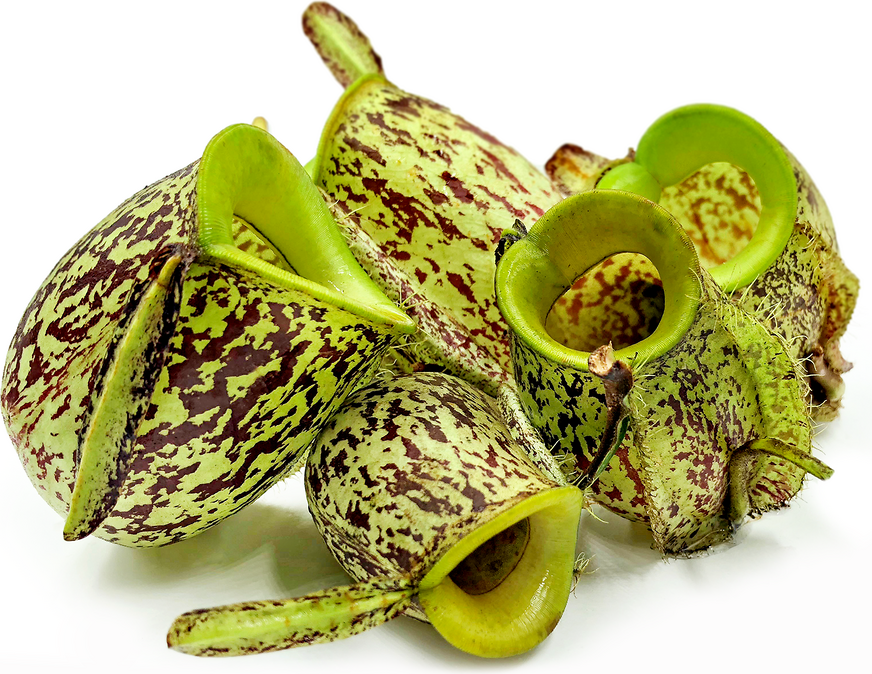
Pitcher Plant Information and Facts
The most popular pitcher plants grown in gardens are red pitcher plant ( Nepenthes ventricosa ), pale pitcher plant ( Sarracenia alata ), yellow trumpet pitcher plant ( Sarracenia flava ), purple pitcher plant ( Sarracenia purpurea ), Sarracenia Dana's delight, Nepenthes rajah and Nepenthes alata. Where to Grow Pitcher Plants?
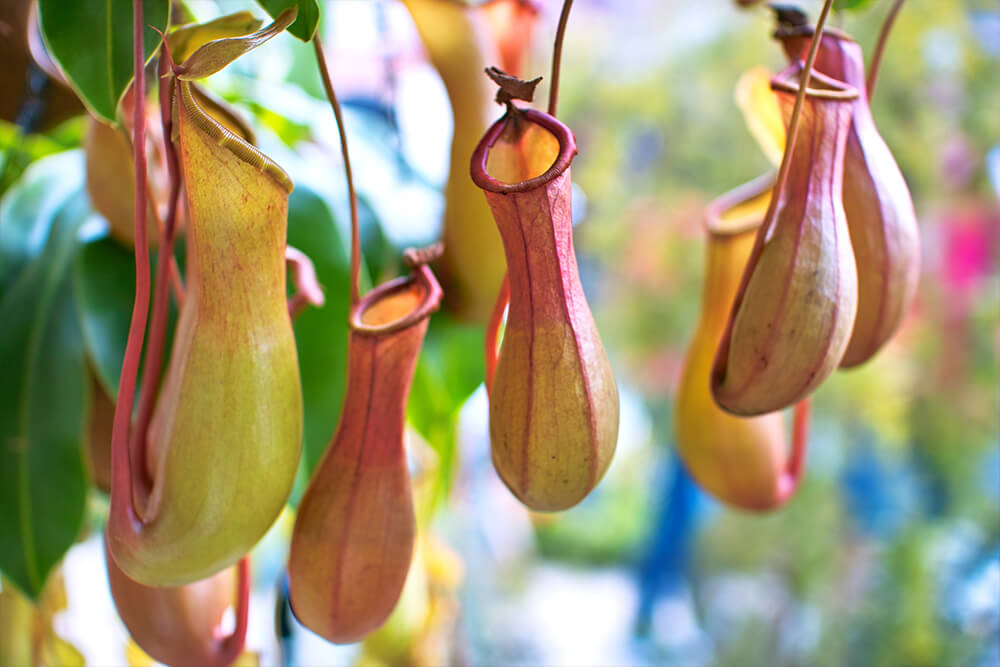
Tropical Pitcher Plant San Diego Zoo Animals & Plants
Setting the Temperature and Humidity. Keep the area around an indoor pitcher plant at 75 to 88 degrees Fahrenheit during the day, with the temperature dropping to no lower than 60 degrees at night.

Pitcher Plant Care Growing Different Types Of Pitcher Plants
5 Types of Pitcher Plants Pitcher plants can grow in all kinds of climates, from tropical to temperate. Popular varieties of pitcher plants include: 1. Nepenthes alata: These pitcher plants are native to southeast Asia, specifically the Philippines. Their green hanging pitchers are around eight inches long and speckled with red. 2.
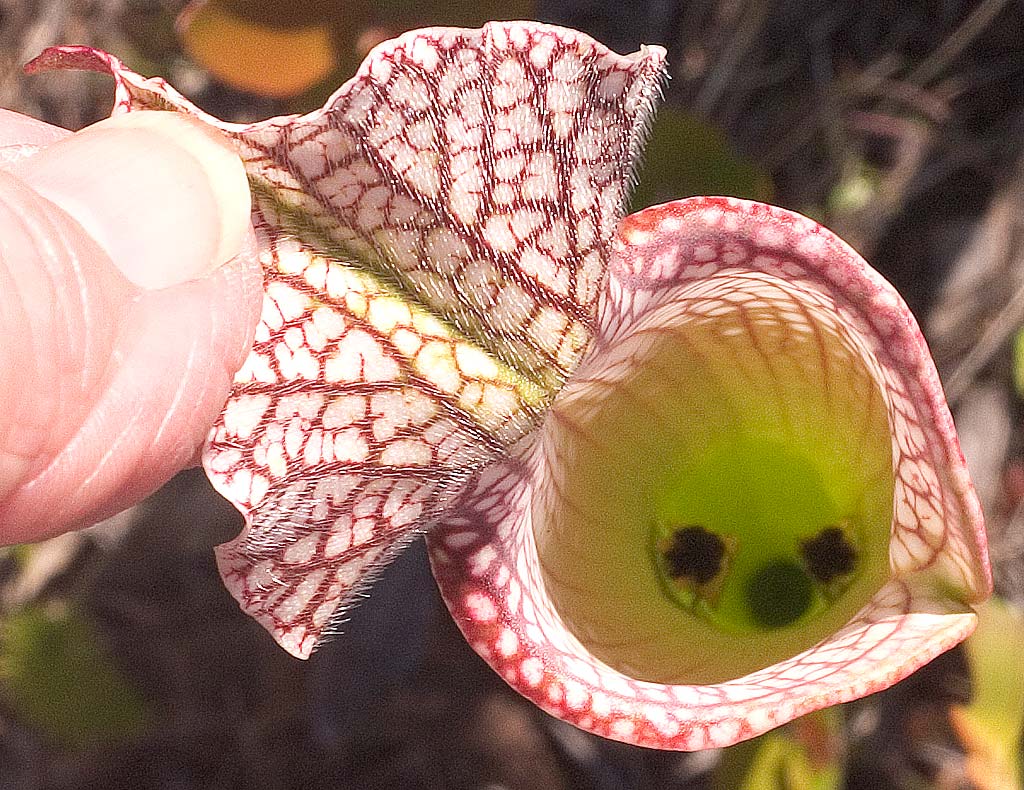
Escaping the Pitcher Plant Why Dry?
Browse 933 green pitcher plant photos and images available, or start a new search to explore more photos and images. Browse Getty Images' premium collection of high-quality, authentic Green Pitcher Plant stock photos, royalty-free images, and pictures. Green Pitcher Plant stock photos are available in a variety of sizes and formats to fit your.
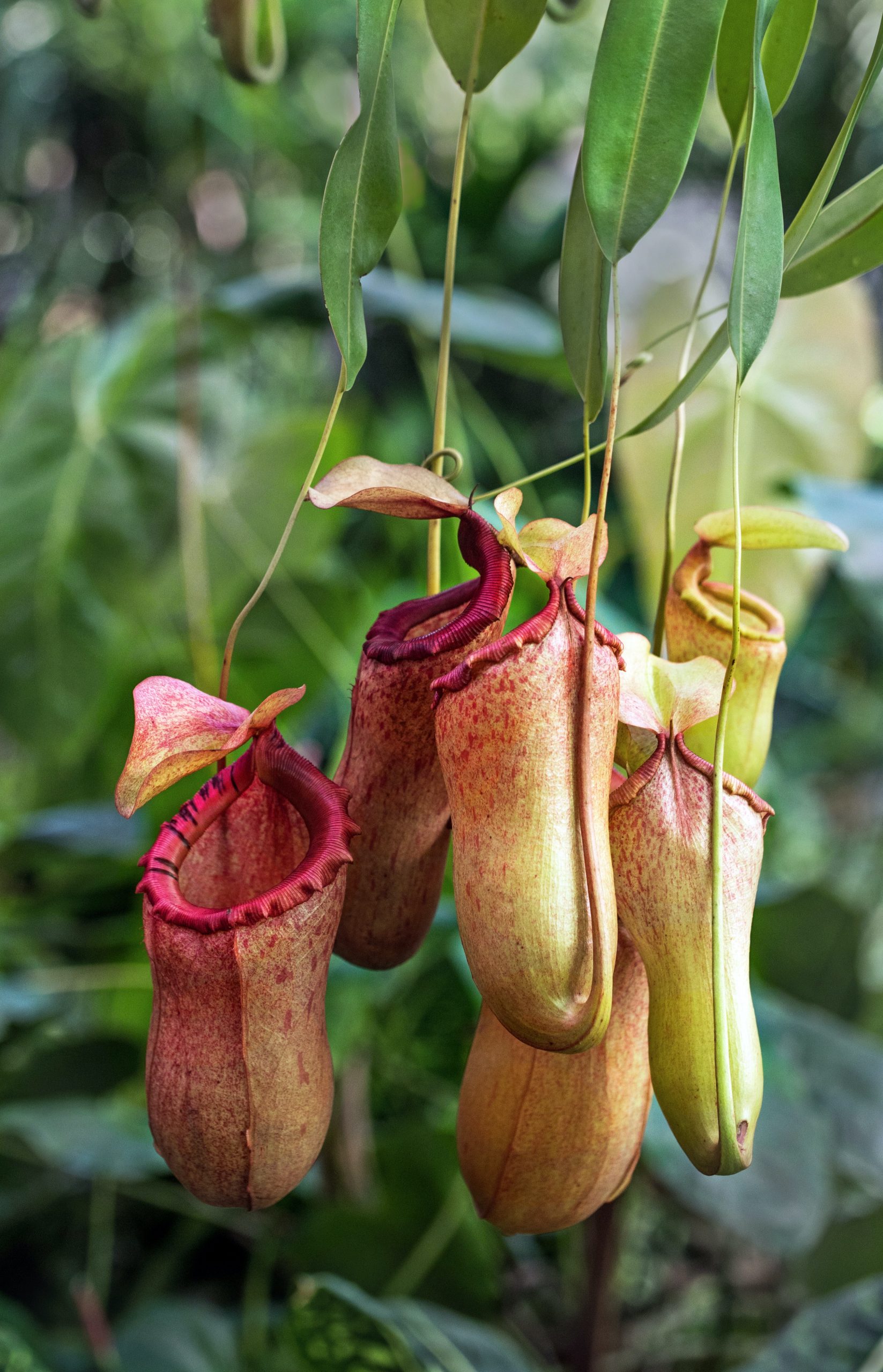
Plant Guide Pitcher Plant Bees and Roses
February 1, 2022 by Randy Jones Perhaps the Pitcher plant is the most mysterious leaf in the whole wide universe. With its unique ability to obtain food, it has inspired multitudes to reshape their concept of how nature really works. Contradictory to what we always think, the pitcher plant does not really look like the one we have on the fridge.

Medicinal PlantsPitcher Plant
(Image credit: Tailex) By Mary H. Dyer last updated May 10, 2021 Pitcher plants are fascinating carnivorous plants that are surprisingly adaptable to the indoor environment. However, it's important to keep in mind that there are many types of pitcher plants with many different needs, and some varieties can be a little on the fussy side.
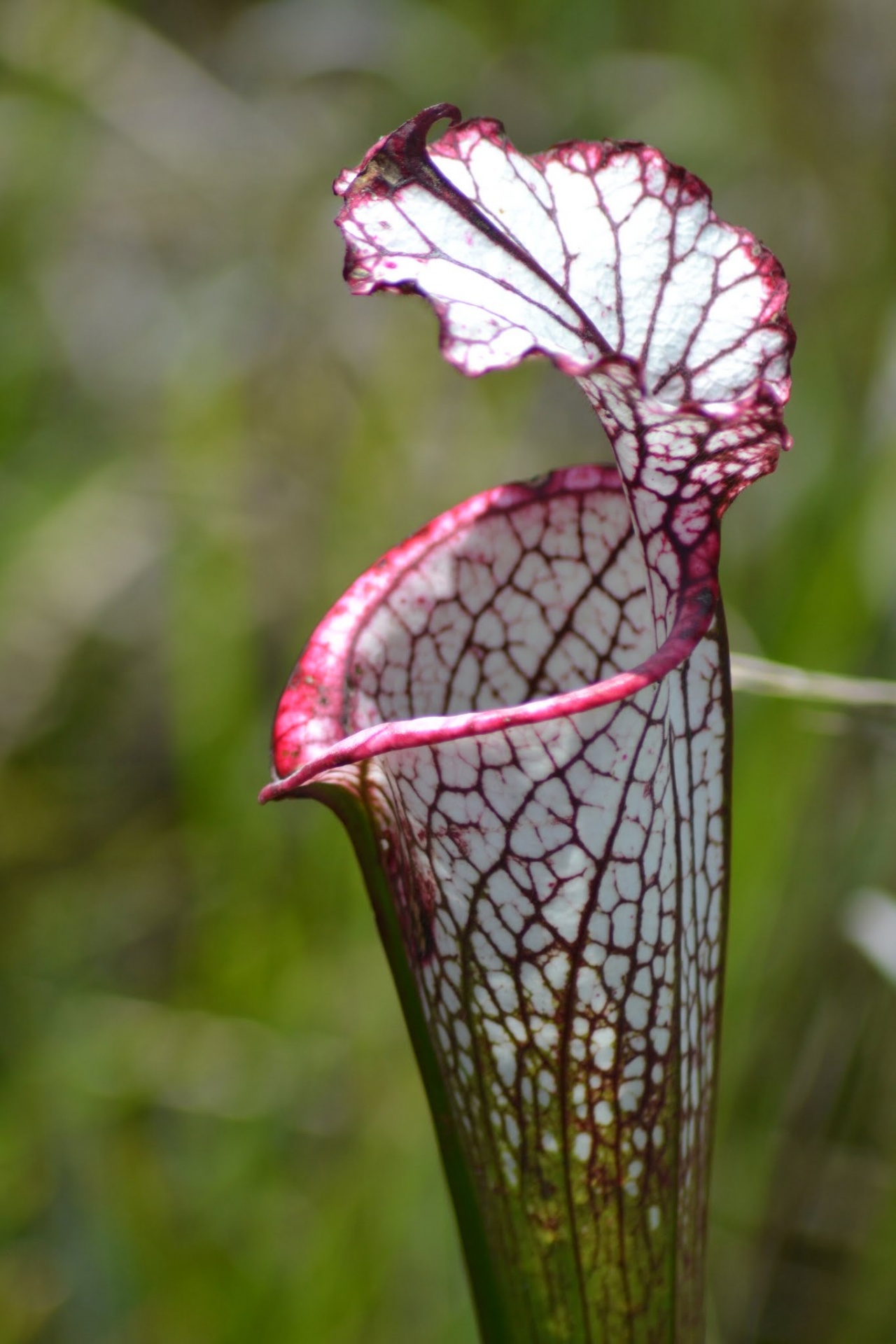
Pitcher Plant Free Stock Photo Public Domain Pictures
December 4, 2021 These pitcher-shaped plants can be found in a diverse range of habitats. They are carnivorous plants, which act as passive traps to capture insects, ants, and other food. Pitcher plants are generally beautiful to behold. In fact, they are one of the exotic houseplants that eat just like animals do. It traps insects and eats them.
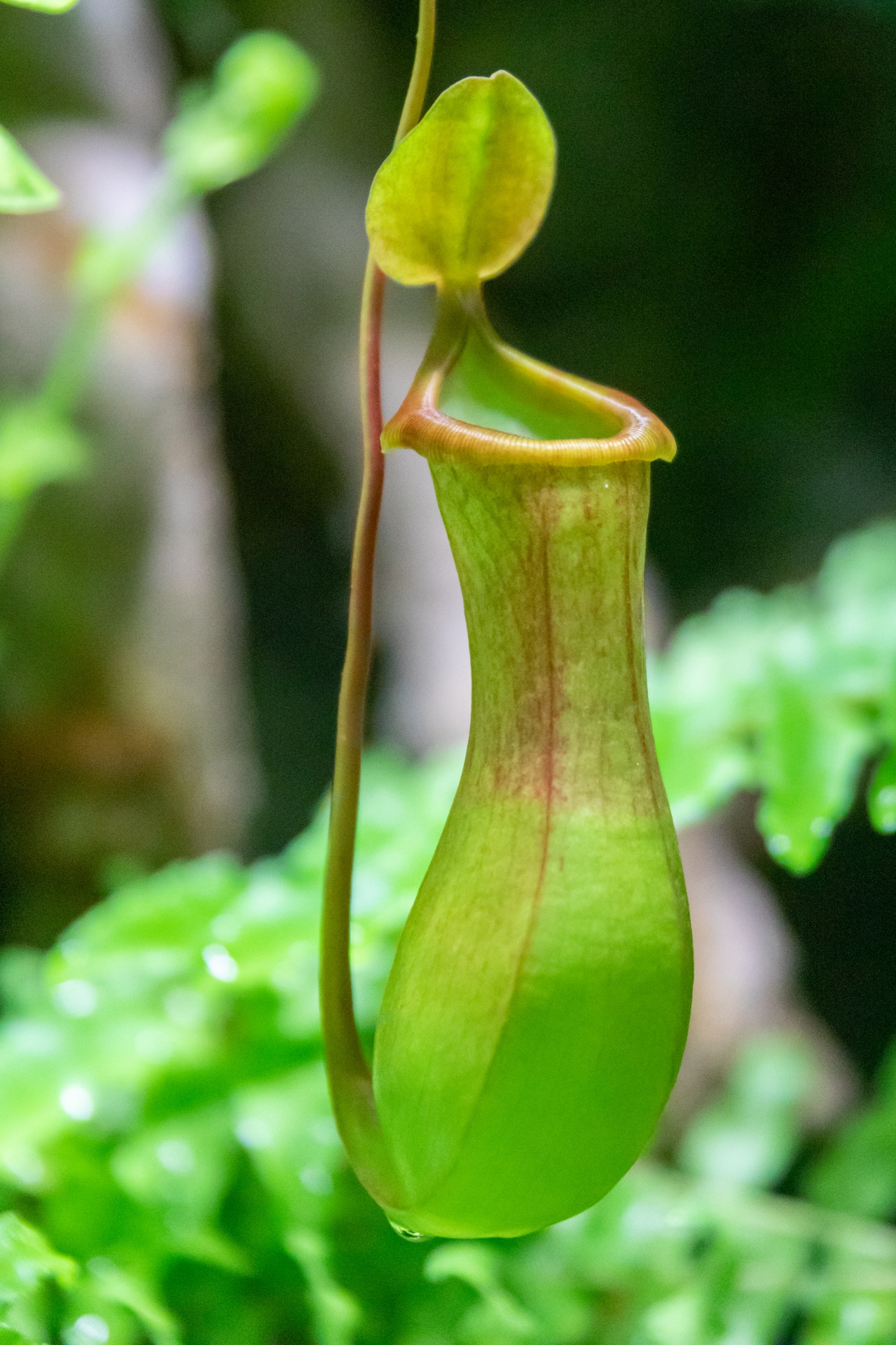
Pitcher Plant Free Stock Photo Public Domain Pictures
A Word About Pitcher Plants. Pitcher plants are bog plants and are often grown as part of a water garden or at the edge of a water feature. The genus Sarracenia supports 15 different varieties scattered across North America. Most are common in zone 6 and readily survive their area's cold snaps.

Tropical Pitcher Plant San Diego Zoo Animals & Plants
1. Purple pitcher plant Alexander_N/Shutterstock With the purple pitcher plant (sarracenia purpurea), what you want to look out for is a cluster of modified cylindrical leaves that are either green, yellow, or reddish, says Royal Botanical Gardens. You expected the leaves to be purple, didn't you?
Press Resources An Inside Look at Pitcher Plants 4/1/13 Harvard Forest
pitcher plants 1 (Image credit: ArendTrent) By Bonnie L. Grant last updated June 17, 2021 Pitcher plants have the appearance of an exotic, rare plant but they are actually native to parts of the United States. They grow in parts of Mississippi and Louisiana where soils are poor and nutrient levels must be acquired from other sources.
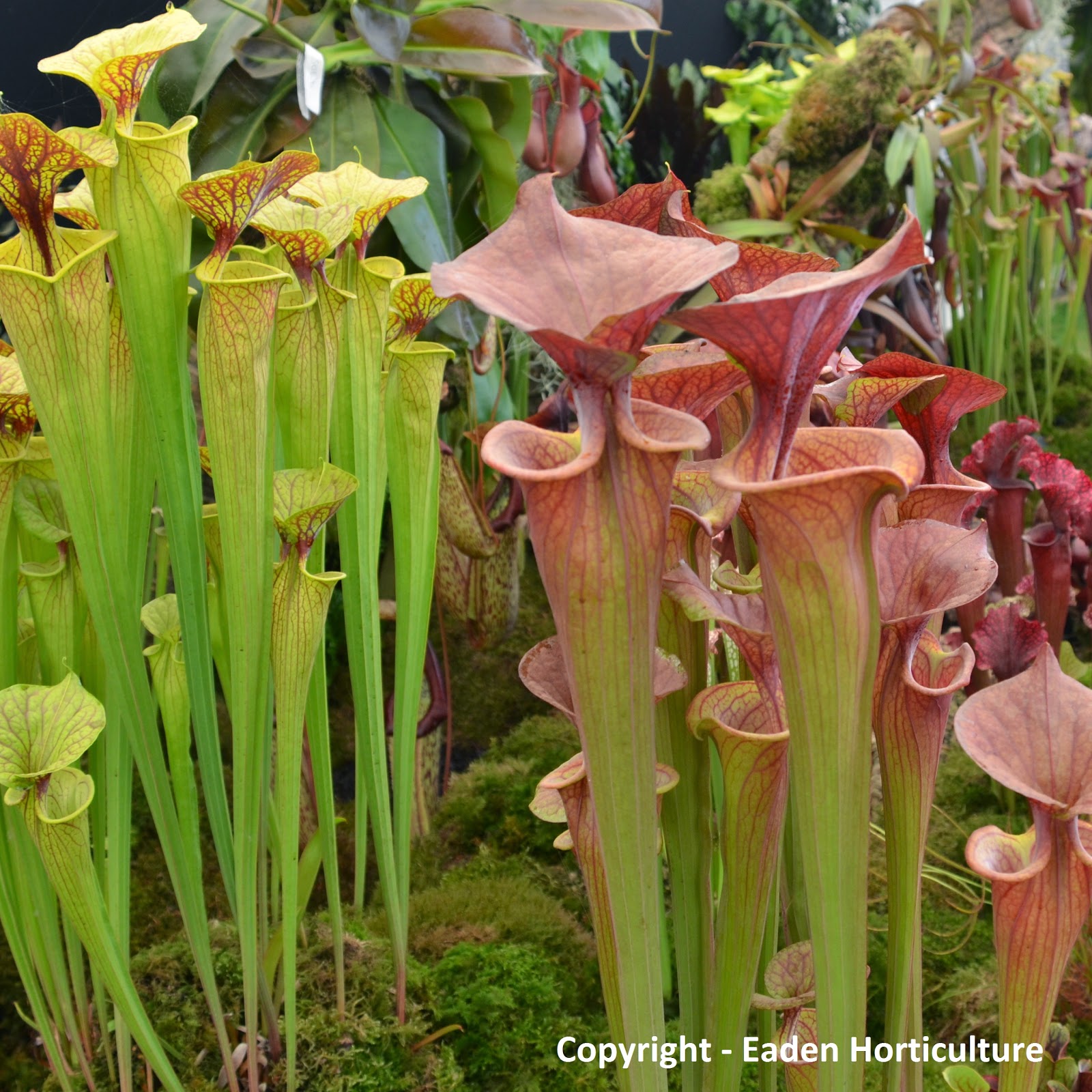
HOW TO GROW PITCHER PLANTS The Garden of Eaden
Pitcher plant Pitcher of Nepenthes distillatoria. A: Honey-gland from attractive surface of lid. B: Digestive fluid from interior of pitcher, in pocket-like depression of epidermis, opening downwards. C: Transverse section of the same. Scanning electron micrograph of a pitcher's inner surface Pitcher plants growing in a bog in Pennsylvania